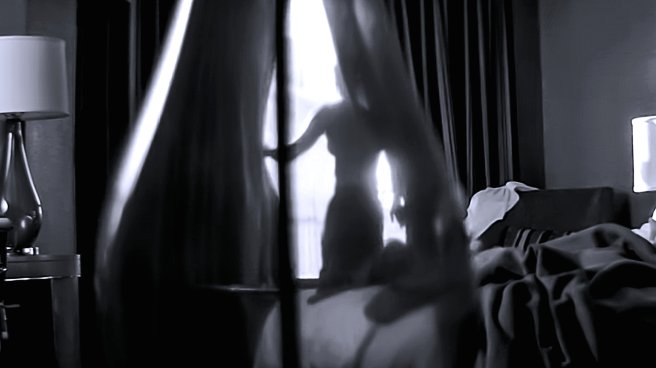I’ve always been a Mary Oliver fan
but I’ll also admit that I’ve read much more of her
now that she’s dead
than when she was alive
I suppose which not only makes her
not only more Alive
than ALIVE
but still doing
what she did the best
(and still is)
S H A R E

As I page
through this Anthology
I often have the same feeling
that I have when I heard her voice
reading this poem
with a resounding
E C H O I N G
of when you need a prayer
notice that nothing all around you
is miraculously short of that
with the worldly unspoken invitation:
WHEN YOU DON’T HAVE A PRAYER
B E
O N E

(The only true prayer you’ll ever need
is the one you are)








 Getty ImagesBY
Getty ImagesBY 












